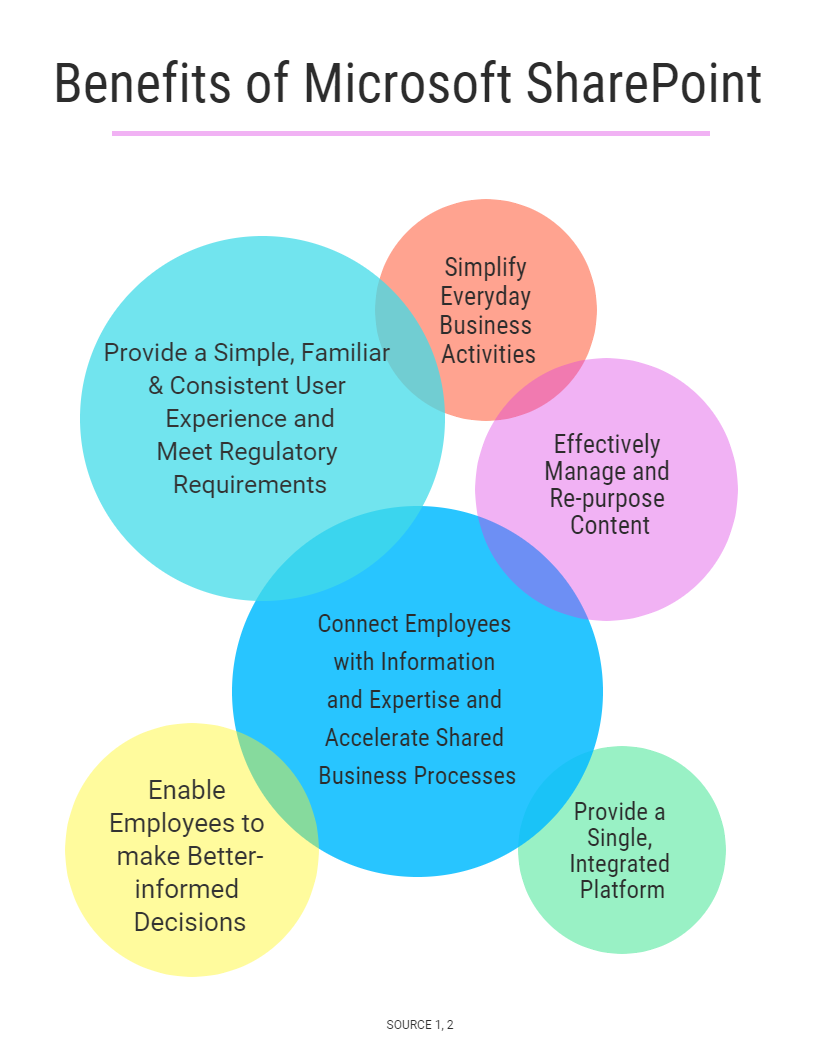An Introduction to SharePoint Server 2013
- Understand architecture and topology of SharePoint 2013
- Explain key components of a SharePoint Deployment
- Recognize deployment options
- Identify new Features in SharePoint 2013
Creating an Information Architecture
- Understand Business Requirements
- Describe Business Requirements
- Plan for discoverability as part of an IA deployment
- Organize Information in SharePoint 2013
Designing a Logical Architecture
- Understand logical architecture of SharePoint 2013
- Explain the options for documenting logical architecture
- Recognize the importance of documentation
Designing a Physical Architecture
- Explain the physical design requirements for SharePoint Deployments
- Design supporting components for SharePoint Deployments
- Understand SharePoint Farm Topologies
- Implement logical architecture design to a physical architecture design
Creating and Configuring SharePoint Server 2013
- Installing SharePoint Server 2013
- Establishing and configuring Scripting
- Setting up Farm Settings
Creating Web Applications and Site Collections
- Design Web Applications
- Configure web applications
- Create and establish Site Collections
Planning and Configuring Service Applications
- Describe the architecture of Service Application
- Understand the key components
- Explain the management of Service Applications
Managing Users and Permissions
- Describe the permissions and authorization in SharePoint 2013
- Manage access to content in SharePoint 2013
Configuring Authentication for SharePoint 2013
- Understand the authentication infrastructure
- Establish Server-to-Server Authentication
- Setting up Federated Authentication
Securing a SharePoint 2013 Deployment
- Secure the SharePoint 2013 platform
- Install farm-level security in SharePoint 2013
Managing Taxonomy
- Explain the function of content types
- Describe Term Sets and Term Stores
- Apply content types to business requirements
- Explain the function of managed metadata
- Managing Term Sets and Term Stores
- Configure the managed metadata service
Configuring User Profiles
- Install the User Profile Service Application
- Configuring My Sites and Audiences
- Manage and maintain user profiles and Audiences with Active Directory Domain Services
Configuring Enterprise Search
- Explain the core architecture of the Search Service
- Establishing Enterprise Search
- Manage and maintain a well-performing Search environment
Monitoring and Maintaining a SharePoint 2013 Environment
- Create, deploy and implement a monitoring plan for a SharePoint 2013 environment
- Tuning and Optimizing a SharePoint Environment
- Create and install caching
- Troubleshoot errors in a SharePoint 2013 deployment




